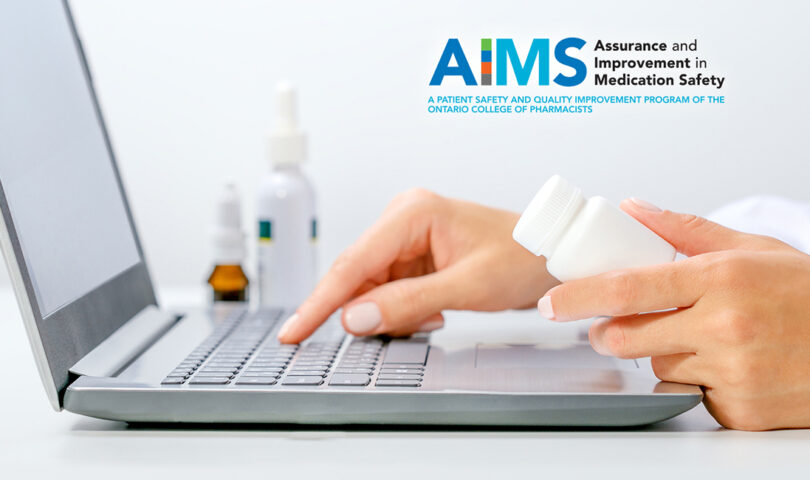The value of the Assurance and Improvement in Medication Safety (AIMS) Program stems from its focus on recording, documenting, analyzing, and sharing the learnings that are extracted from medication incidents and near misses that take place in your pharmacy. Retrospective incident or near miss analysis allows pharmacy professionals to identify essential learnings and actions that can be incorporated into a pharmacy’s workflow to prevent future incidents or near misses.
Proactively identifying potential areas of risk in your pharmacy’s workflow using the Pharmacy Safety Self-Assessment (PSSA) is also a key element of the program, with the ultimate goal of preventing medication incidents through the implementation of improvement activities. Identifying areas of risk within a pharmacy’s processes or workflow reduces the chance that an incident or near miss would happen at all.
Below are tips that may help to simplify the expectations of the AIMS program and assist you in incorporating its foundational elements into your busy pharmacy:
Incident and Near Miss Recording and Analysis
- Jot down the essential details of the incident or near miss including what, when, where, why and how it happened.
- Keep a paper record or an alternative suitable format that you can refer to when inputting the incidents or near misses in the AIMS Pharmapod platform.
- Note: remember to select the date that corresponds to when the incident actually occurred which may be distinct from the date it was discovered or the date it is entered into the platform.
- Assign a pharmacy staff member to record incidents into the AIMS Pharmapod platform on a regular basis.
- Once an incident is recorded, you can return at a later time to assign a risk level, identify root causes and create learning points or action items for the pharmacy team. All incidents or near misses recorded in the platform remain on the “Cases” page until they are closed.
- Once your analysis is complete, consider printing the learning points and action plan report for easy dissemination and incorporation into your pharmacy’s workflow.
These tips are aligned with the requirements of AIMS, as detailed in the Supplemental Standards of Practice (sSOP), to Report, Document, Analyze and Share Learnings.

Pharmacy Safety Self-Assessment (PSSA)
- Complete the PSSA on a paper copy first, then input it into the AIMS Pharmapod platform.
- To facilitate collaboration with the pharmacy team and to avoid having to complete the PSSA in one session, consider printing the blank domains and statements—which can be generated as a PDF—and then input the completed PSSA responses into the AIMS Pharmapod platform at a later time.
- Use the PSSA form auto-saving feature
- The PSSA modules in the AIMS Pharmapod platform can be completed one domain at a time. Each module has an auto-saving feature so your information will be retained should you choose to pause the completion and return at a later time.
- Print the completed PSSA and distribute to pharmacy staff to review and collaborate as the shared learnings are incorporated into your pharmacy’s workflow.













